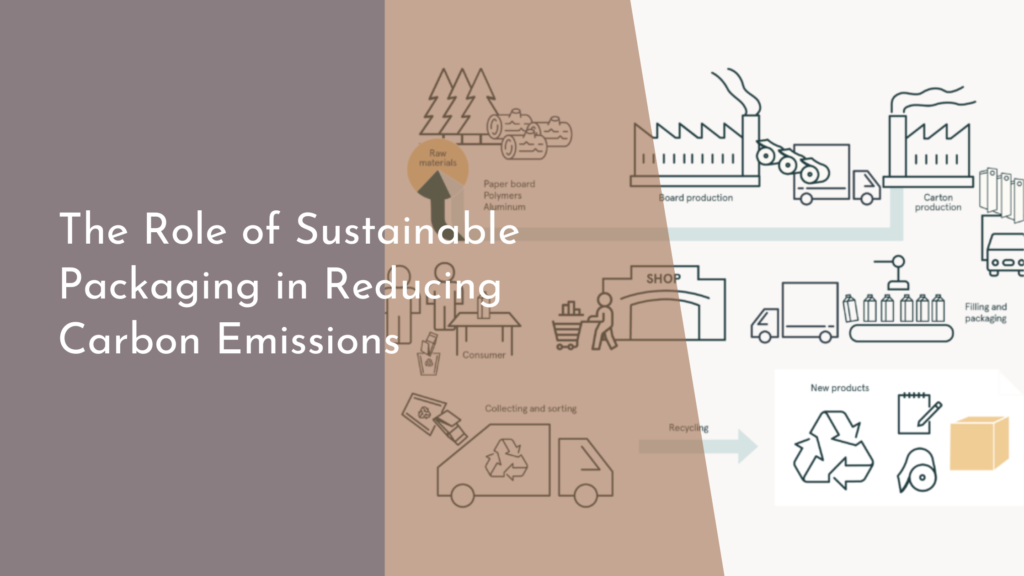Restoring Urban Sinkholes as Microclimates for Ferns
Urban environments are often characterized by concrete jungles and bustling streets, but hidden within these cities are natural formations that can provide unexpected opportunities for biodiversity. One such feature is the urban sinkhole, a natural depression or hole in the ground that can serve as a unique microhabitat. By recognizing the potential of these often-overlooked spaces, we can transform them into thriving ecosystems that support a variety of plant species, particularly ferns. This article explores the importance of restoring urban sinkholes as microclimates for ferns, the steps involved in this restoration, and the positive impacts of such initiatives.
Understanding Urban Sinkholes: Nature’s Hidden Gems
Urban sinkholes are fascinating geological formations that occur when the underlying rock dissolves, causing the ground above to collapse. While they may seem like mere nuisances or hazards in urban settings, these depressions can serve as valuable ecological niches. Their unique shapes and depths create a variety of microenvironments, which can support diverse plant and animal life. Often, sinkholes collect rainwater, creating a localized hydrological system that can be crucial for sustaining flora and fauna in otherwise arid urban landscapes.
Moreover, sinkholes can act as natural reservoirs for biodiversity, offering refuge to various species that might struggle to thrive in more manicured urban areas. The shaded, moist conditions found within these depressions can create ideal habitats for ferns, which often prefer such environments. By understanding the ecological significance of urban sinkholes, we can appreciate their role not just as geological features, but as hidden gems that contribute to the overall health of urban ecosystems.
The Importance of Microclimates for Urban Ferns
Microclimates are localized areas with distinct climatic conditions that differ from the surrounding environment. In urban areas, these microclimates can be crucial for the survival of sensitive plant species, including ferns. Ferns thrive in shaded, humid environments, making urban sinkholes an excellent candidate for restoration efforts. By creating microclimates that mimic their natural habitats, we can support the growth of various fern species, enhancing urban biodiversity and providing aesthetic value to city landscapes.
Additionally, the presence of ferns in urban environments can have numerous ecological benefits. They play a vital role in improving air quality, reducing urban heat, and providing habitat for various wildlife. By restoring sinkholes into vibrant fern habitats, we not only promote the survival of these beautiful plants but also contribute to the overall health and resilience of urban ecosystems. This initiative can foster a deeper connection between city dwellers and nature, reminding us of the importance of green spaces in our lives.
Steps to Restore Sinkholes into Vibrant Fern Habitats
Restoring urban sinkholes into thriving fern habitats involves a series of thoughtful steps. First, it is essential to assess the sinkhole’s existing conditions, including soil quality, moisture levels, and sunlight exposure. This assessment will guide the selection of appropriate fern species that can thrive in the specific microclimate created by the sinkhole. Native ferns are often the best choice, as they are adapted to local conditions and can provide habitat for native wildlife.
Once the right species are chosen, the next step is to prepare the sinkhole for planting. This may involve removing invasive species, enriching the soil with organic matter, and ensuring proper drainage to maintain the necessary moisture levels. After the site is prepared, planting can begin, with careful attention paid to spacing and arrangement to maximize growth potential. Regular maintenance, including watering and mulching, will help the ferns establish themselves and create a lush, green oasis in the urban landscape.
Celebrating Success: The Impact of Restored Microclimates
The successful restoration of urban sinkholes into fern habitats can have a profound impact on both the environment and the community. These revitalized spaces can serve as educational resources, promoting awareness of local biodiversity and the importance of preserving natural ecosystems within urban settings. Schools, community groups, and local organizations can engage in stewardship efforts, fostering a sense of ownership and pride in these green spaces.
Moreover, the aesthetic appeal of lush fern habitats can enhance the urban experience, providing tranquil spaces for relaxation and recreation. As more people discover the beauty and ecological significance of these restored microclimates, they may be inspired to advocate for further green initiatives in their communities. Ultimately, the restoration of urban sinkholes into vibrant fern habitats not only enriches biodiversity but also strengthens the connection between people and nature in our cities.
Restoring urban sinkholes as microclimates for ferns is an exciting and impactful endeavor that highlights the potential of nature within our cities. By understanding the ecological significance of these hidden gems and taking steps to restore them, we can enhance urban biodiversity and create beautiful green spaces that benefit both people and wildlife. As we celebrate the success of these initiatives, we are reminded of the importance of nurturing our natural surroundings, fostering a harmonious relationship between urban development and the environment. Let’s continue to explore and restore the hidden treasures of our cities, one sinkhole at a time!



